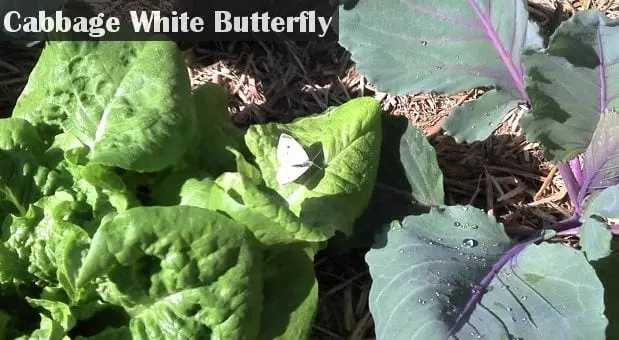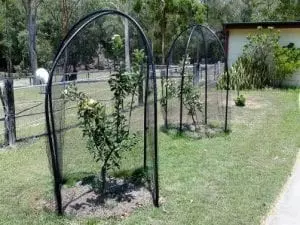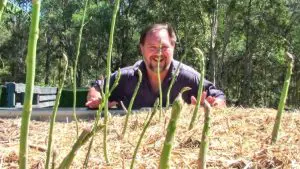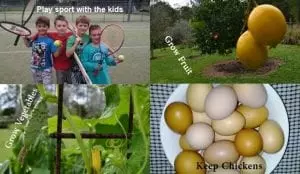Pest Collection 1 – Cabbage White Butterfly
Common Name: Cabbage white butterfly
Scientific Name: Pieris rapae
Order: Lepidoptera
Host plant where found: Red cabbage – Family veggie patch.
Host range or situation where pest is usually found: Ornamentals-stock, wallflower, geranium, mignonette, nasturtium, spider flower. Vegetables – broccoli, gabbage, cauliflower, Brussel sprouts, radish, mustard, kale, turnip. Field crops – canola, rape. Weeds – shepherd’s pulse, wild mustard.

Damaging stage (s): Minor leaf damage caused by feeding larvae
Direct feeding damage: Damage to leaf under surface caused by younger caterpillars and some damage by older caterpillars on leaf upper surface.
Indirect damage: Some greenish-brown excrement evident in angles of leaves.
Method of feeding: Chewing
Life cycle: Complete metamorphosis – eggs, larva, pupa, adult butterfly/moth.
Spread: Butterflies flying assisted by wind, strong fliers may be found many kilometres from host plant. Movement of infested host plants carrying eggs, larvae or pupa.
Conditions favouring: Warm weather at any time of year. Most active in spring, early summer and autumn.
Distinguishing features for identification: Butterflies – grey/white with wingspan of 40-50mm. Hind wings are yellow and forewings are paler. 2 x black spots on upper surface each forewing in females and one spot in males. Larvae – velvety green covered with fine short hair, 20-30mm long when fully grown with faint yellow stripe down back and along each side. Pupae – 18mm long, light grey, yellow or green and are attached to host plant or nearby object.
Control options available for this situation: Sanitation – Hand picking of caterpillars. Application of garlic/chilli oil. Methods chosen because of mild infestation and the fact that Red cabbage is a resistant variety. The veggie patch is also a family food source, so control by non-chemical means is preferred. If infestation gets worse, a biological control agent such as Dipel will be applied.
Some people have organic success by the use of white egg shells scattered around the garden making the visiting moth think there are too many other moths around so the moth goes somewhere else.
Identification reference (including page no): Plant Protection 1, p 84-85. Plant Protection 3, M 39
The above information was kindly donated by Werner (Horticulturalist)













